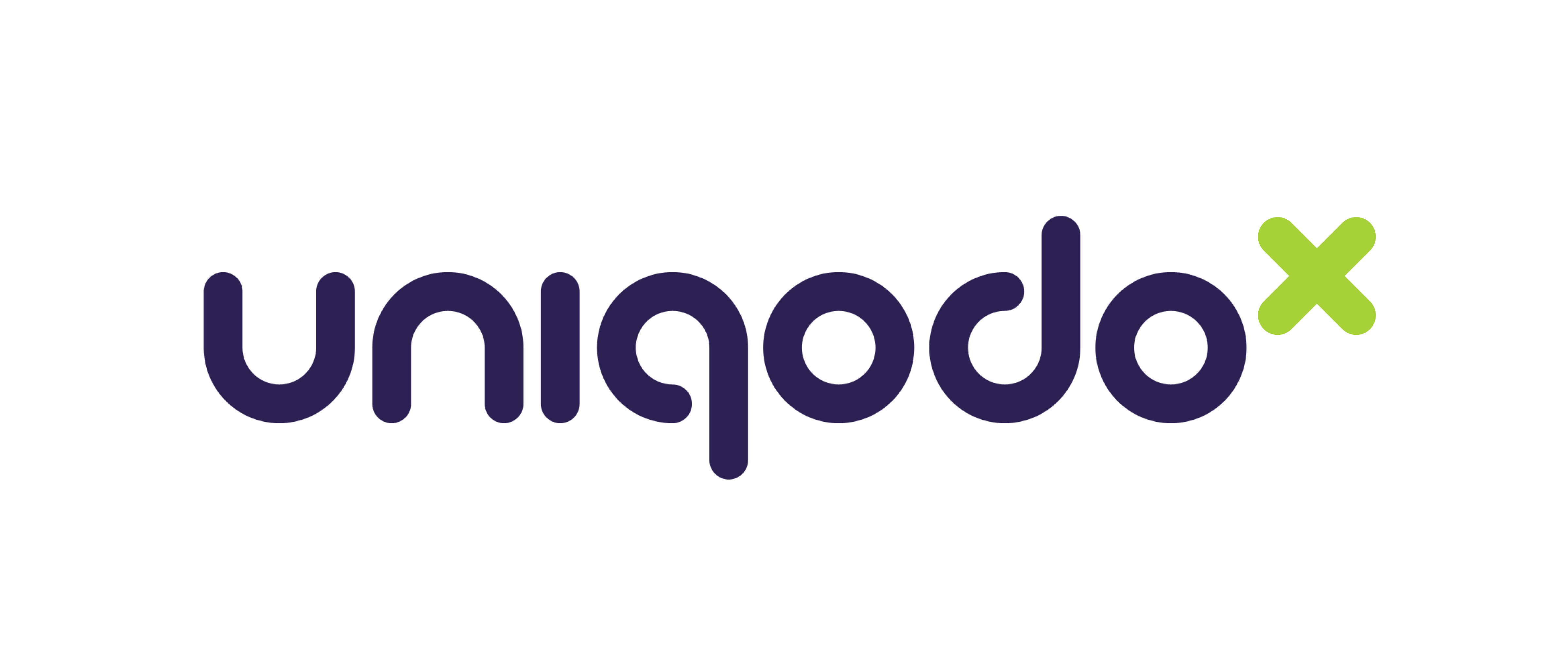Over a crossword and a sandwich on Bank Holiday Monday, I was listening to ‘You and Yours’ on Radio 4 (yep, middle age has fully kicked in), and was blown away with the data that Olivier Ponti from ForwardKeys was sharing about the constantly changing travel landscape for both customers and business.
Anyone looking at booking a holiday this year will have likely been glued to the Government’s Travel Corridor site, sharing which countries are currently safe to travel to, and which destinations require further quarantine measures. Or indeed not safe at all.
As countries around the world attempt to open up their economies after being in lockdown, the ability to keep infection rates down is constantly evolving, and consequently the self-isolation status of different destinations shifts daily.
If a previously safe destination suddenly gets removed from the travel corridor list, whereby you’ll need to self-isolate upon return for 14 days, there has been a 50% decrease in searches for flights. When a country is added back to the travel corridor list, there has been up to a 500% surge on searches. The impact on search traffic really highlights the challenges the travel industry is facing at the moment, with huge swings in either direction on customer intent.
Despite the surges in holiday searches after a country is added to the travel corridor list, conversion is still much lower than in normal trading scenarios. Consumer confidence is at an all time low.
Much of that confidence is directly related to the evolving impact of COVID-19, but unfortunately so too have customers lost some of their trust in airlines. They’ve found it hard and stressful to get refunds, have been let down by their insurance not protecting them against changes to corridor status, and flight prices are ever increasing in the low demand market.
But there is a solution. Hopefully to treating COVID-19 soon, but certainly in how you communicate to and protect customers against the changing landscape.
- Offer a refund policy and communicate it clearly to customers. Intelligent promotion solutions can safely and securely provide refund credit to customers where their goods or services have been cancelled for a variety of reasons. A good promotion engine should also be able to help you message this along the customer journey both in CRM and onsite.
- Provide incentives for customers to accept a credit rather than cash refund. A simple discount off their future booking can be a great way incentivise your customers plan their future holidays with you. With a promotion engine, you can tether codes to users to protect the discounts from being shared, and consequently offer deeper, tailored discounts.
- With money ‘banked’ for 2021, don’t forget to see if you can nudge customers into upgrading their future trip - a bigger room, a nicer hotel, upgraded seats or even some fancy extras such as lounges and excursions. Multi-tiered, variable validation based on up-to-date trading data will help you delight customers with relevant offers to encourage extra spend on their previously issued credit.
And more generally for your business, being able to offer dynamic offers that feed in the ever-changing travel landscape, selling super distressed seats and rooms in destinations that are on or added to the travel corridor list can help you navigate the trading winds we’re all bracing into.
After food and shelter, holidays is the most important (and biggest) purchase a family makes in a year. This blip won’t stop that intrinsic pull to get away from it all and discover new lands. There will always be a place for our airlines, tour operators and travel agents - you just need more sophisticated ways to navigate the intense flux.



Subscribe to the Blog